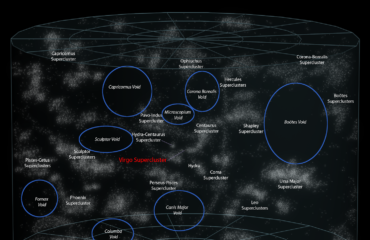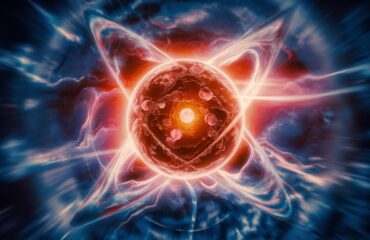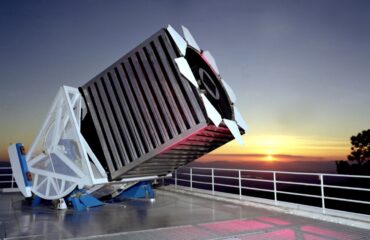Explore with us some of the latest developments in science, including physics, biology, mathematics, chemistry, information, and astronomy. Imagine what the future holds with today’s discoveries in these and other scientific pursuits. Along the way we will encounter fascinating people and their ideas that push the boundaries of science and shape the future direction of knowledge.
We feature some of the latest developments in a range of scientific branches, highlighting the human ingenuity and circumstances that lead to discovery and new technologies. We explain the ideas, the problems that led to the solutions, and the function of the discoveries, in words designed for the general audience so no background in science is required to appreciate the work of the scientists. The ideas for our stories are drawn from other freely-available publications as well as paid subscriptions, and we welcome contributions and story ideas from volunteer contributors. Join our science writers Mariana Meneses and Saulo Silvestre as we explore the exciting new developments in science and the showcase the good people who dedicate their life’s work to the advancement of knowledge and the human mission.









